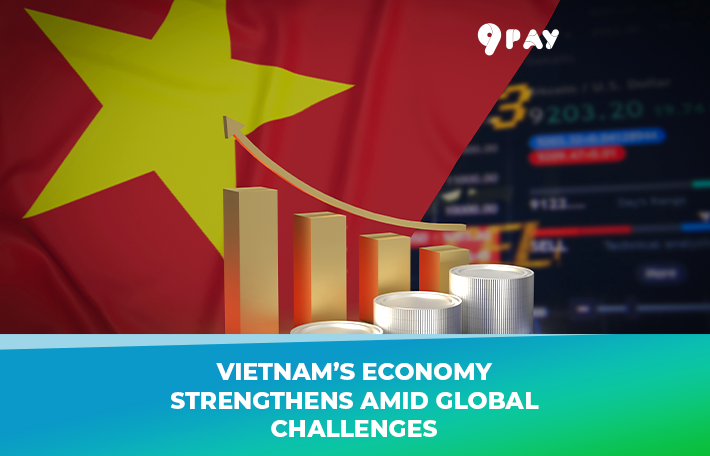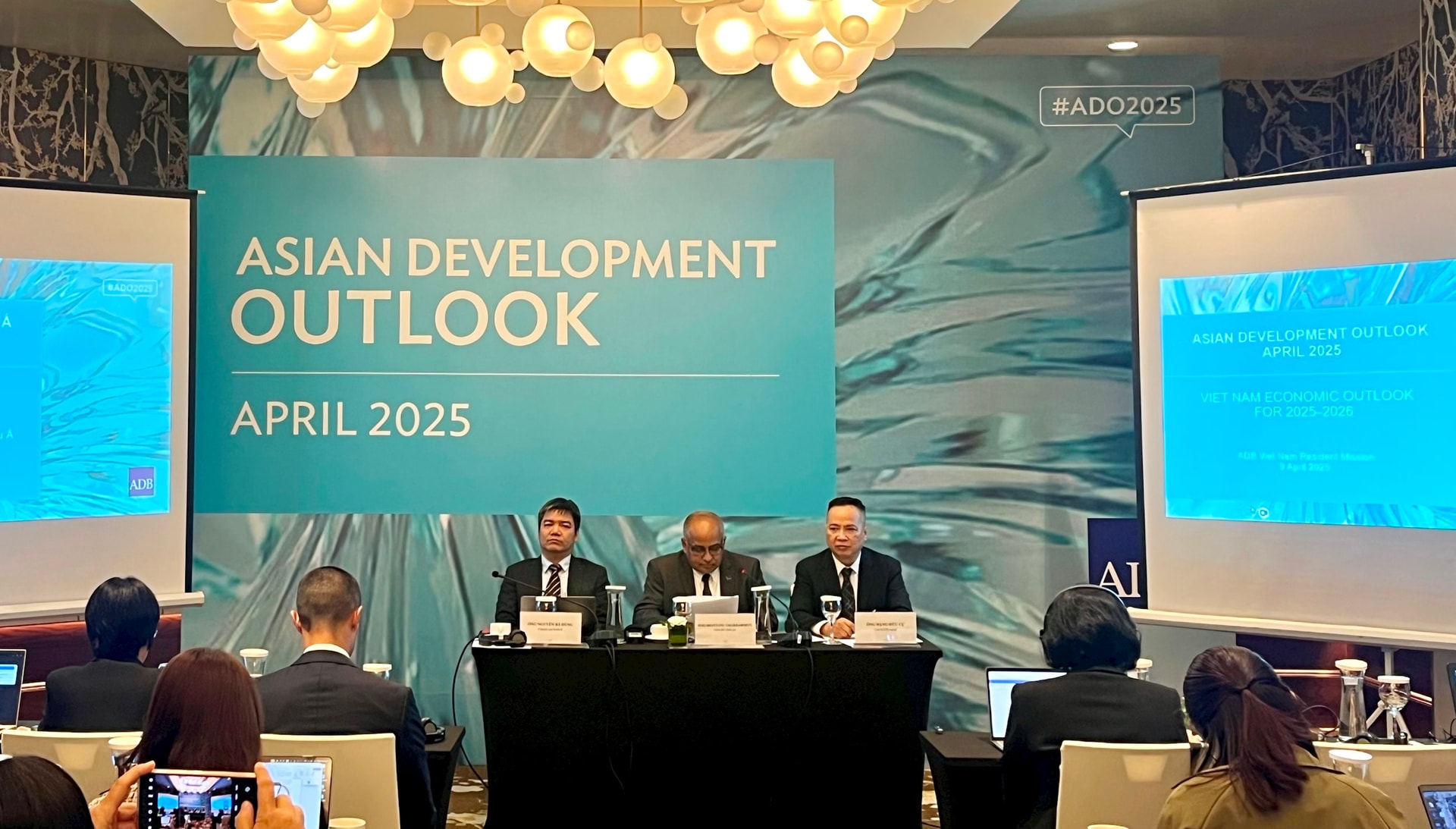Press Conference on the Launch of the Asian Development Outlook (ADO) Report – April 2025
Language
en
The ADO April 2025 report states that effective fiscal measures, especially public investment, are vital to sustaining growth and boosting economic resilience amid rising global uncertainties.

According to the Asian Development Bank (ADB), Vietnam is expected to maintain a positive growth trajectory in 2025 and 2026, though inflation may rise slightly. Growth is projected at 6.6% in 2025 and 6.5% in 2026.
While maintaining a positive outlook for Vietnam this year and next, the ADB report also highlights risks to the growth outlook — as these projections were made before the United States announced its new tariff measures.

“As the situation is still evolving, it is too early to estimate the exact impact on growth. Qualitatively speaking, the global economic environment is changing — particularly influenced by geopolitical tensions and new U.S. tax policies — which may hinder growth in the short to medium term,” said Mr. Shantanu Chakraborty, ADB Country Director for Vietnam.
“External uncertainties, such as escalating tariffs leading to trade fragmentation, supply chain disruptions returning, rising food and energy prices, and growing global economic instability — including the prolonged Russia-Ukraine conflict, unrest in the Middle East, and slower growth in major trade partners (the U.S. and China) — will all pose obstacles to economic growth,” said Mr. Nguyễn Bá Hùng, ADB Senior Economist in Vietnam.
Looking back at 2024, Vietnam experienced a successful year marked by a strong economic recovery. Growth reached 7.1%, a significant increase from 5.1% in 2023. Despite the heavy damage caused by Typhoon Yagi in several regions, the Government’s swift response helped minimize the negative impact on growth. A trade rebound, export manufacturing recovery, and robust foreign direct investment (FDI) flows helped Vietnam achieve the highest growth rate in Southeast Asia, establishing a stronger foundation to tackle future risks and uncertainties.
“Strong trade growth, a positive recovery in export-oriented manufacturing, and high levels of foreign direct investment contributed to Vietnam’s economic expansion in 2024,” noted Mr. Shantanu Chakraborty. He added, “However, the recently announced U.S. tariffs, along with ongoing global uncertainties, could present significant challenges for Vietnam’s growth this year.”
Mr. Chakraborty also emphasized that the Vietnamese Government has set ambitious growth targets, which could help mitigate external risks. Economic growth could be higher and more sustainable if the ongoing institutional reforms are implemented swiftly and effectively. These reforms would stimulate domestic demand, enhance state governance efficiency in the short term, and thereby support the development of the private sector over the medium and long term.
“Maintaining economic stability, protecting vulnerable populations, and ensuring employment remain top priorities. Therefore, additional fiscal stimulus to boost domestic demand is essential. Extending the VAT reduction until the end of 2026 is a positive step, but broader measures — such as income tax cuts, fee reductions, or increased social spending — should also be considered. Furthermore, structural reforms to reduce legal burdens on businesses and citizens will contribute to long-term growth,” Mr. Chakraborty added.
Additionally, the report points out that enhancing Vietnam’s participation in global supply chains is a critical policy challenge for the country’s development. As global economic drivers shift, Vietnam’s advantages in adding value within these global supply chains are also evolving.
ADB stresses that recognizing the limitations and challenges related to expanding and upgrading Vietnam’s participation in global supply chains is crucial to improving the country’s development pathway and long-term growth potential.
Source: thitruongtaichinhtiente